Klarus XT10

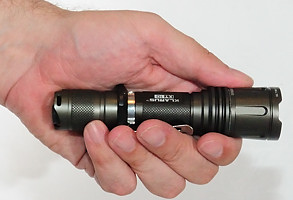
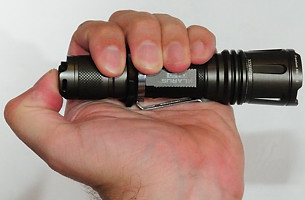
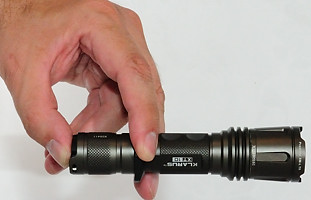
Klarus is one of the newer flashlight companies, and has succeded in making a range of lights (I have looked at Mi10 before). The XT10 is a high power tactical light in the 2xCR123 size. The light has 3 brightness settings (High, medium, low) always starts in high and a strobe that can be used either in momentary or steady mode. The light is made of aluminum with hard-anodized (Type 3) finish.
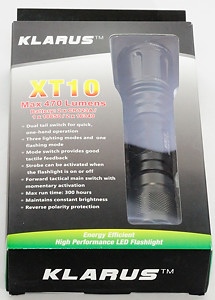
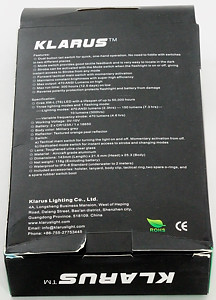
The light is delivered in a cardboard box with a window and specifications printed on the outside.
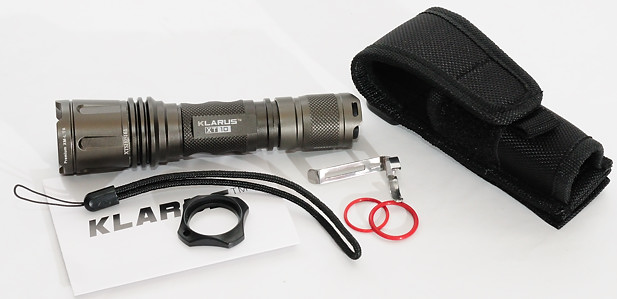
The box contains the light, two extra o-rings, lanyard, clip, tactical ring, holster and a instruction sheet. The specification also says that there is a spare rubber switch boot, but it is missing.

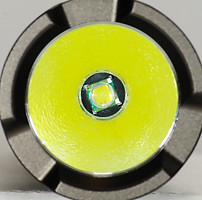
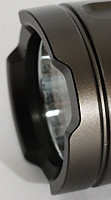
The light has a LOP (Light orange peel) reflector with a XM-L led at the bottom. It has a rather thick aluminium bezel .
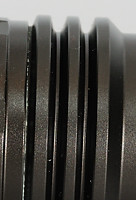
As usual on high power lights it has some cooling fins.
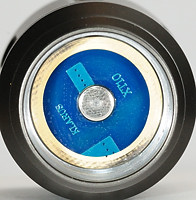
The battery connection in the head has a metal plate on it, this makes it possible to use flat top cells.
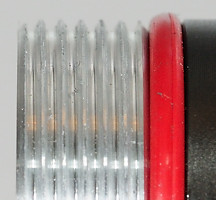
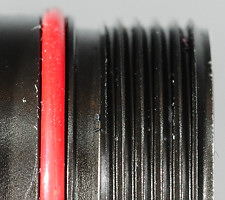
The threads on the battery tube are of the triangular type, both at the front and back, both are sealed with a o-ring.
Because the threads in the back are anodized, it is possible to lock-out the light.
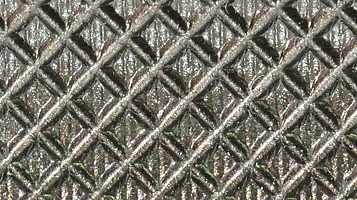
The body has some knurling, but it does not have much bite in it (With the tactical ring mounted the light does provide a good and safe grip).
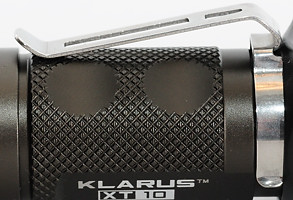
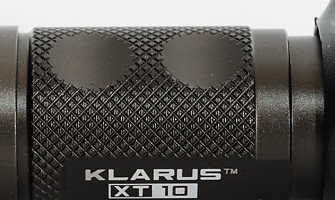
The light includes an optional clip, this clip is easy to mount and unmount, when the tactical ring is mounted the clip is locked and can not be removed.


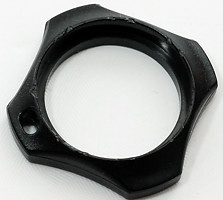
The tactical ring can be mounted when the tailcap and tail o-ring is removed, it is just pushed on. Without the clip the ring is not locked, but can rotate. The ring is made of hard plastic and has a hole for the lanyard (The lanyard can also be mounted in the tailcap).
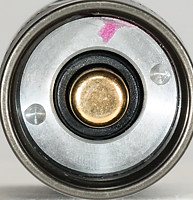
The tailcap has a covered spring for the battery connection and can handle 18650 batteries from 65 to 70 mm.
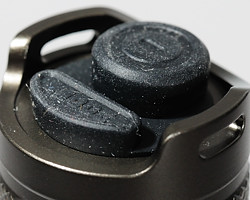
The dual switch tailcap, the round switch is the standard forward on/off switch used in flashlights, press half way down for momentary full brightness, press fully to lock. The other switch is a momentary electronic switch, the function will depend on if the light is on or not:
Light off: Switch will activate strobe when pressed, hold it down for more than two second and strobe will be locked on (Press again to turn off).
Light on: Short press will change mode, long press will activate strobe (Press again to return to steady light at full brightness).
The light cannot tailstand, the on/off switch is protruding to far.
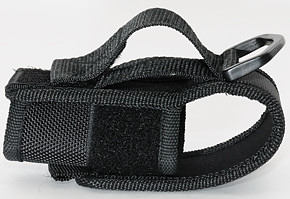
A holster is included with the light.
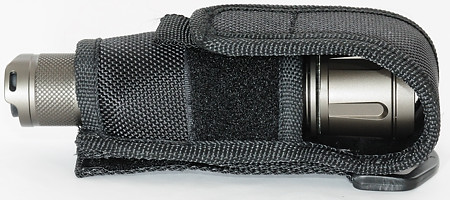
Light with tactical ring.
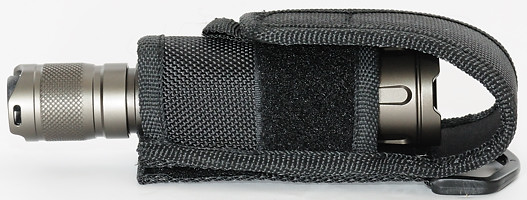
Light without tactical ring, the light is sitting rather low in the holster.
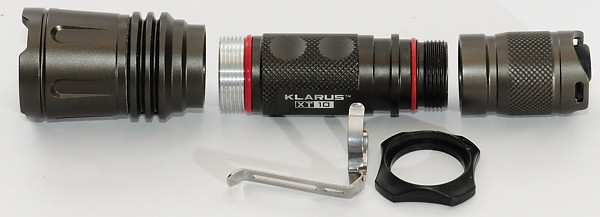
Here is all the part the light can be disassembled in without tools.
The idea with two buttons on the end of the tailcap is good, it is easy to feel the buttons and use them with the thumb. The light is not using the full potential of the high power led, but runs at a lower power level, this gives a longer runtime and less heat. Because the light has a more moderate current consumption, it works well with CR123 batteries, but the circuit is not perfect for 18650 batteries.
I like the design of the light and it works fine, but it would have liked a better stabilized driver.
Technical specification and measurements
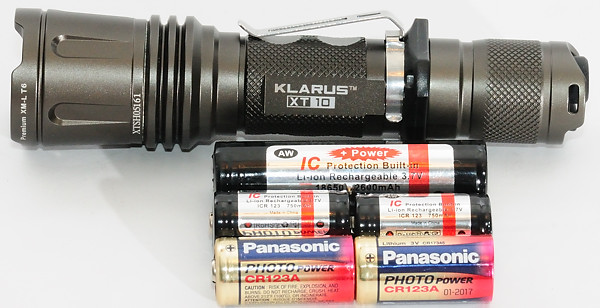
This light is designed for 2xCR123, 1x18650 and 2x16340 batteries. All sizes of 18650 will work from 65 mm to 70 mm long with button or flat top.
Measured size and weight:
Length: 144 mm
Diameter: 25 mm to 35 mm
Weight: 159 gram with CR123 and 172 gram with AW18650-26
The light uses a Cree XM-L T6 led.
This light has mode selection in the tailcap and it also has the electronic for mode control in the tailcap. The tailcap uses (fast) pwm to control the head and led.

In the above table I have collected all modes, measured at 3.7 volt (i.e. with 18650 battery). I have also included off as a mode, because the light uses a small amount of power. All the estimated runtimes are with a 2600mA LiIon battery. The estimated lumen is scale from the specified maximum. The brightness is a relative measurement from a lux meter and scaled from the 5 volt high value.

In the above table I have collected all modes, measured at 5 volt (i.e. with 2xCR123 battery). The estimated runtime are calculated from a 1400mAh cell.
As can be seen the brightness with 18650 is lower than with CR123, this is because the light is out of regulation above 3.7 volt.
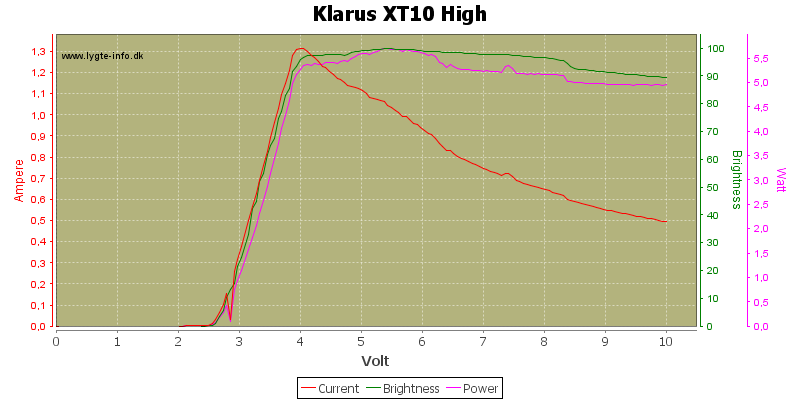
The first voltage sweep is done in high mode, the light does not have a perfect stabilization and drops out of stabilization at about 4 volt. Just below 3 volt the light starts flickering. Maximum current is only about 1.3 ampere.
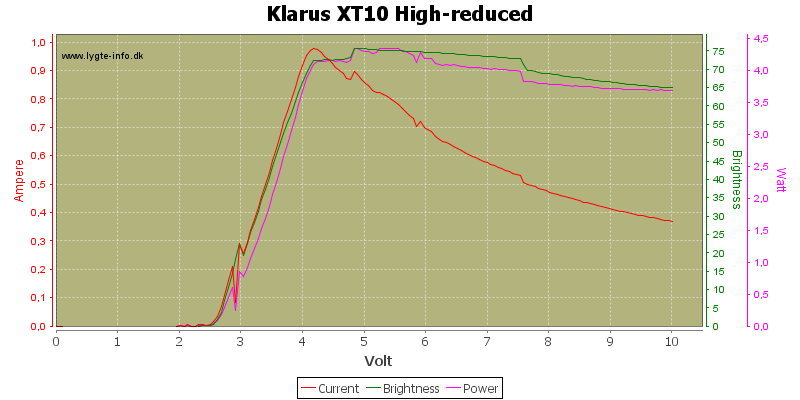
The lower output after automatic step down from high, has the same stabilization that works down to about 4 volt, the maximum current is reduced to about 1 ampere.
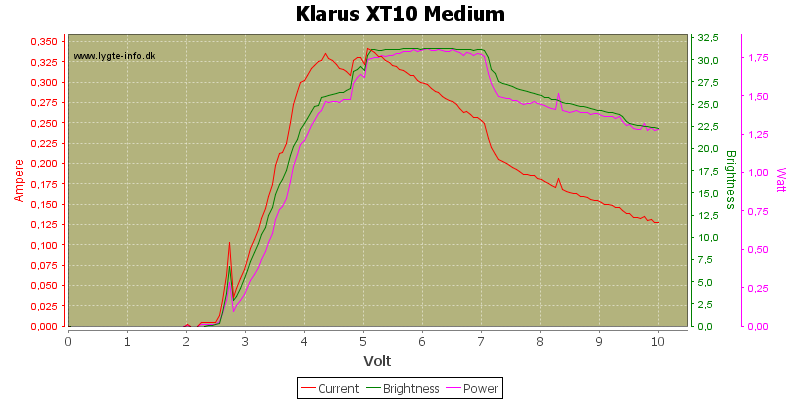
Medium again shows less than perfect stabilization.
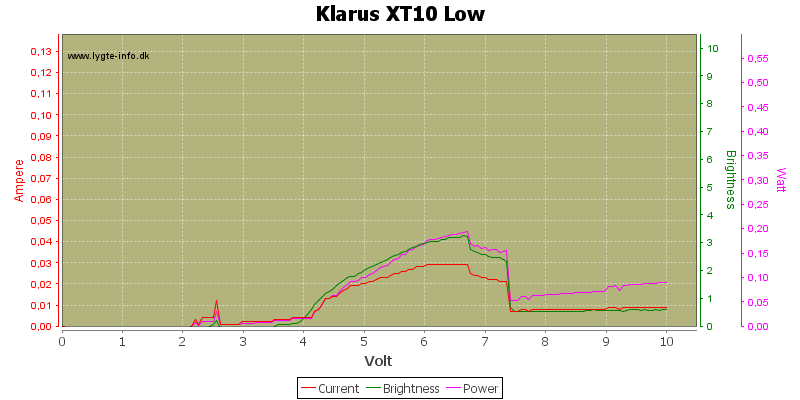
The low has a large variation in output, depending on voltage. I would have like to see a runtime curve at this brightness setting, but it takes much to long time to do.
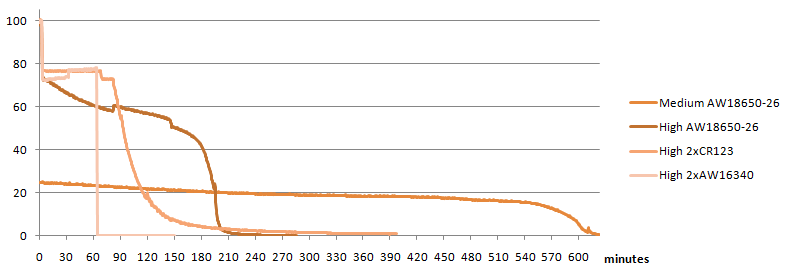
All the above, less than perfect, stabilization curves, how does it look on the runtime? I believe that it looks mostly fine, the actual variation are small. CR123 and 18650 batteries do not just turn off, but drops in brightness and can run a long time at low brightness (but the light is blinking).
18650 batteries are not stabilized and cannot hold maximum brightness.
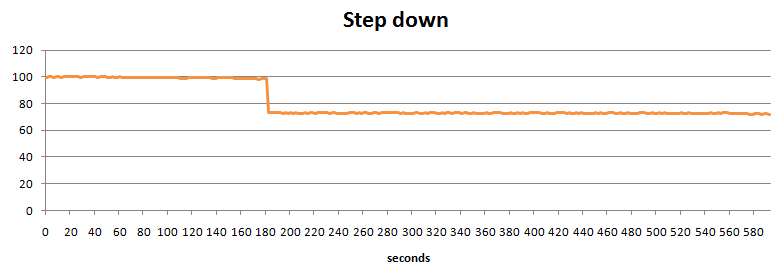
A closer look at the step down, it happens after 3 minutes (180 seconds).

The light uses pwm at about 930 Hz, this pwm is present at all brightness settings. The above curve is for high.
The reason for this pwm is to supply power to the electronic in the tailcap, it will get some power in the off periods and save it for use during the on period, where the voltage over the tailcap is nearly zero.

PWM at reduced high.

PWM at medium.

PWM at low.

Strobe does not have pwm in it, but can use two different frequencies (5.7 Hz and 14.3 Hz). When the switch is pressed the high frequency will always be used, and when the switch is released the strobe will change between high and low frequencies with 2 seconds intervals.
Strobe is brighter than high brightness, because it does not have any pwm in it.
Comparison to other Flashlights
ThruNite Scorpion V2, ThruNite Scorpion V2 with Turbo head, ZebraLight SC600



Fenix TK21 U2, Klarus XT10, OLight M20S S2


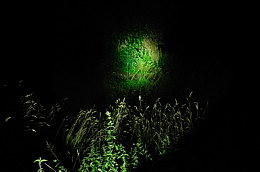
For the full comparison to other lights with graphs and beamshots see here
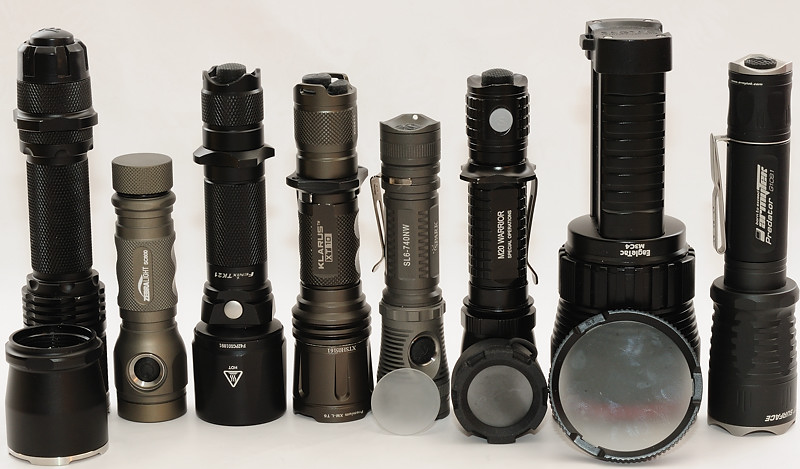
Notes
The light was supplied by GoingGear for a review.














































